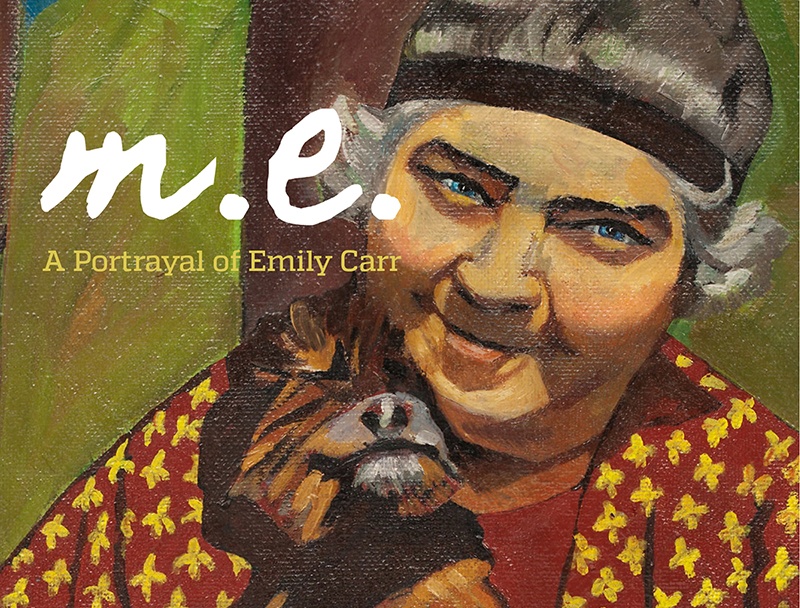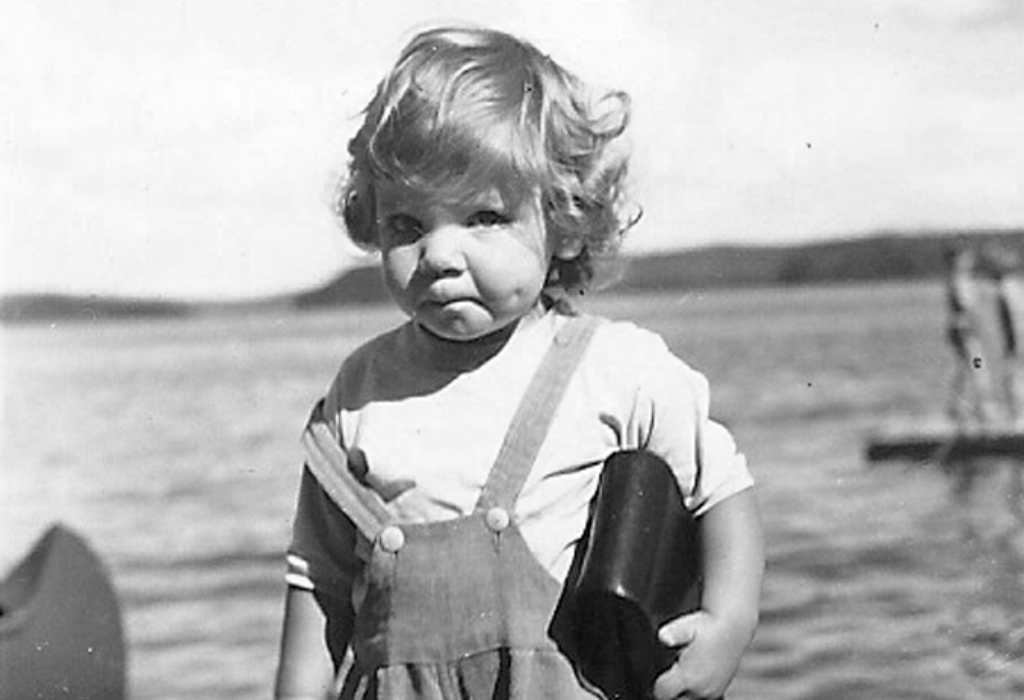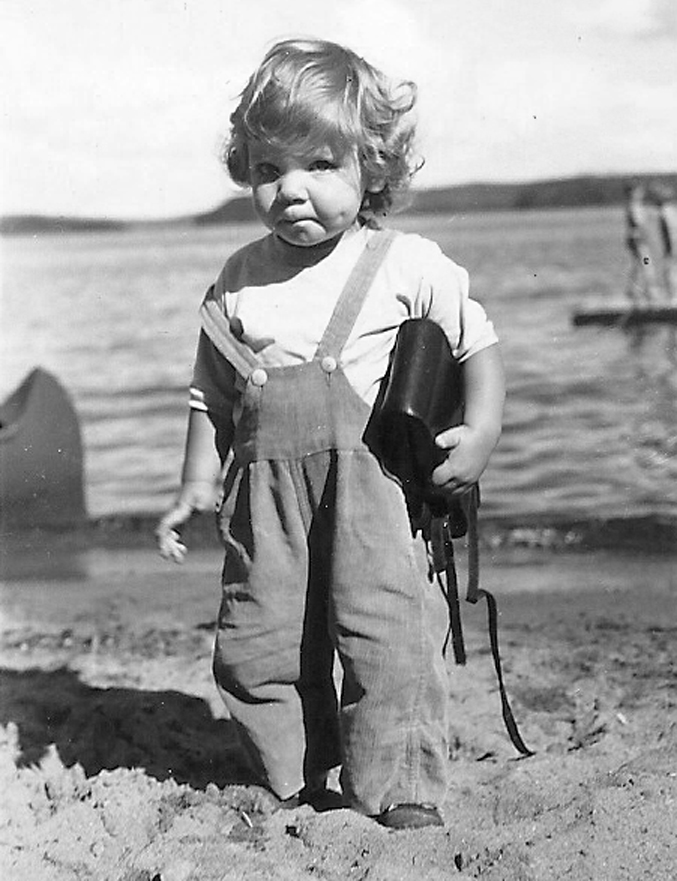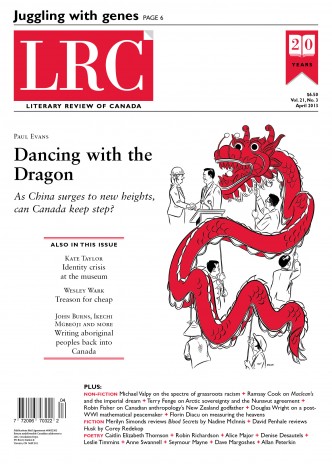I left Nanaimo General on a blinding summer Monday, the second last day of July. The drive down to the ferry dock and the trip across to Gabriola was ecstasy. Like seeing in colour after a month in black & white. The mountains back on the horizon, the salt smell of the sea in my nose, the heat of the sun on my back. Sitting in the truck, licking a chocolate-coated ice-cream, I knew I’d made it back to the land of the living.
Sandy was waiting. I landed in with the bags of still-good food, medical supplies, notebooks and radio, elated and exhausted. I was just beginning to get the measure of what being “out” felt like. Sandy calls it ‘de-institutionalizing’. She’d fixed up the back room, installed the queen sized inflatable mattress with tons of pillows, set up chairs on the porch, and put out some detective fiction. For good measure, Cathy and Barrie who appeared on Saturday morning for coffee, came bearing more paperbacks.
Of course, it was a huge relief to be back on familiar ground. Only there was a lot unfamiliar about it. To resume responsibility for basic living was to discover just how physically constrained I actually was. I quickly found ways to improvise, but what I couldn’t do was sobering. Dropping by the Village mall the next day I had my first ‘My-god, look-at-all-those-people-who-can-walk’ moment. Then came the first stern conversation with myself. This is a retreat, I said. A rehab retreat in a cedar tree with one of your oldest friends as guardian. But, it’s still a retreat and that requires discipline. No one does exercises for you.
Laurie supplied technique: move and hold on the exhaling breath, use soup tins as barbells, reward yourself. Stuff he learned recovering from his fall off the roof two years ago, including the mantra: Keep at it. That was a very hard thing to do at the beginning. I tired easily. Getting up and moving around was fatiguing, the penicillin was fatiguing. Special events like washing my hair left me limp, and limping to bed for a nap.
Sandy wasn’t one to coddle. She checked in on me at night to see if I needed anything before turning in. Took care of laundry, shopping, cooking though after the first couple of mornings she left me to fiddle with my own coffee. She schlepped me over to D’Arcy’s for physio, took me to Colleen’s for a pair of boots but otherwise left it to me to it. If I couldn’t manage the bathtub keeping the right arm and left leg from getting wet (!), I’d ask for help. (And I did the first time.)
That was the deal. And there was more. Getting my weight back. A transfusion had kick-started recovery, but I was so freaked at the sight of myself in Sandy’s bathroom mirror, I resolved not to wear my glasses in there again until I’d gained ten pounds. We began with regular dinners, soon ditched in favour of power grazing through the day, cooking some fish or meat every few days. I’d start with oatmeal porridge in the morning, and progress through the day with bananas, peanut butter, nuts and raisins, peaches, and watermelon, with snatches of chocolate, and late-night ice-cream. The all-out campaign went so far as steak. It produced half a pound in the first week, a couple more the second. I began pumping soup cans with both hands, and doing knee bends as we sat together on the front porch.
Sandy guarded the gate; kept people informed but limited the socializing. Kids, she noted, naturally know to restrain themselves when they’re sick; grown-ups don’t. But I needed to see George and Kit who had let me move into their downstairs study for a week when I started having serious trouble, fed me from their garden, cheerfully drove me to Nanaimo twice. (This move was triggered when neighbour Dave had to carry me upstairs on his back so I could take a salt bath — sipping some of Ardyth’s special tea — in their tub.) These friends kept me going until Lindsay just called it. “Call the ambulance and go to Emergency…It’s the tail end of the long weekend, what hell’s going to break loose already has.”
* * * * *
Personally, I can’t imagine having someone land in on me for five weeks. Never mind taking on someone needing care after a life-threatening illness. On my side, knowing her as well as I do, I wondered how Sandy would be able to stand the disruption of her solitude and routine. She had rewrites to do on her novel. On her side, though, there was no hesitation. We were in it together.
So we had to work out a rhythm. Match our rituals and accommodate the foibles. When the aroma of her morning coffee wafted back to my room, I knew she’d be heading out to the porch with her book to sit in the sun and read. (And that she’d follow the sun down the length of that porch and back over the day. ) I took longer getting up, doing exercises in bed, and my meditating. In place of my usual tai’chi outside, I exercised sitting on the little back porch.
Foibles. Moving in on people, you do get to see their foibles. More significantly, you get to see your own. My tendency to leave fruit to eat until it’s very ripe, for instance, not noticed until Sandy complained of the smell of decaying bananas. She keeps bread and peanut butter in the fridge, I like them at room temperature. She, like everyone, has her way of organizing things in the kitchen. I filled the place with empty cans of Santa Cruz juice, easily carried about when a glass wasn’t. There were a few disgruntlements. So we settled on a rule: one grump a day, and no apologies. Not one grump each — one between us.
My energy finally began returning. Not consistently, but noticeably. Sandy commented that I’d progressed from hobbling to limping along. I was never sure whether to believe her, but the only measure I had of any progress going on was listening to her and Laurie. I’d little ability to see myself or to track improvement. I was in limbo, actually; waiting out the Pen G. for when it stopped, my body could finally heal. I had morning down-spells that lingered, and baffled me. A depression which came with my regaining perspective, I figure, as well as from the IV. For the first time, I thought about the fright I’d given those dear to me. And the fact that they got to live the nightmare while I was in my cocoon.
Shortly after I arrived, Sandy strained her left arm and ended up with a splint, having to do the same routine with ice packs and exercises I was. We joked that between us we had one functional set of limbs. We had long conversations in installments, and we realized this was not just a trial to get through, it was a special time together. Our friendship would definitely survive it.
We hugged and laughed when I left. We said we’d miss each other, and laughed again. “It’s been grand having you here,” she said glowering at me, “but don’t ever do it again.”





